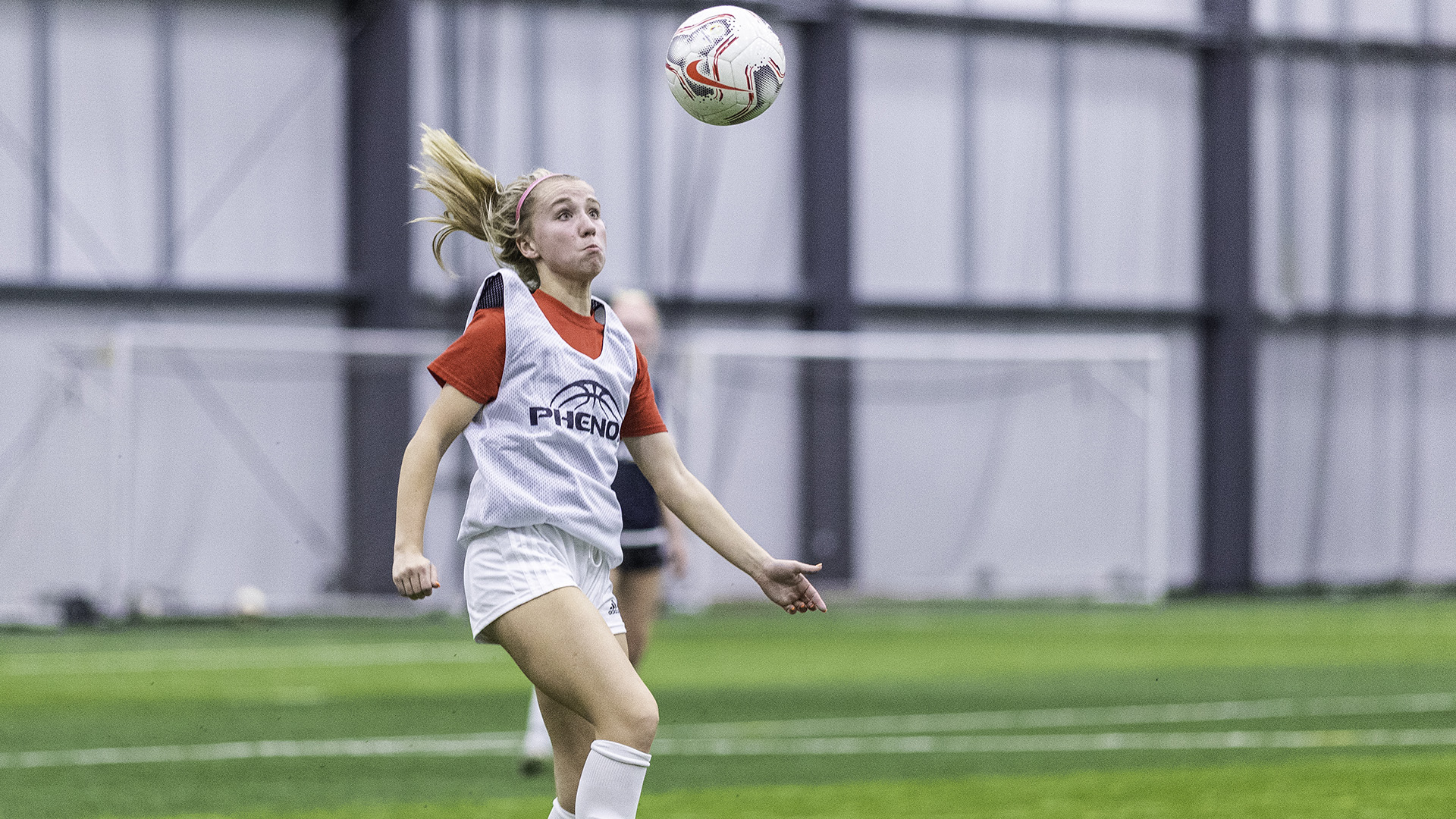If you ask a high school soccer player where they want to go to college, more than likely you are going to get list of “name brand” NCAA Division I colleges among the schools they are interested in and there is nothing wrong with this. The way the media covers college sports, especially football and basketball, inundate our understanding of what college and college sports look like from a young age.
But how do you really know if you are a NCAA DI talent? First you need to know what NCAA DI looks like. You should go see college soccer games played live at every level. I am confident those that do, have a new appreciation for the next level of soccer, regardless of division. Also, know that there is a wide range of skill levels within each division. When discussing NCAA DI teams, there are elite programs teams that are funded like their football and basketball counterparts, and there are others where the coaches still do the team laundry. The same goes for all the other divisions too. The disparity exists at all levels.

Even if your talent is there, it is really difficult to land the NCAA DI offers. Soccer is the world’s game, more than any other sport and all divisions are littered with foreign players. So, in addition to competing with your US counterparts for coveted college soccer roster spots and potential scholarships, you are competing with players from around the world.
The following article is a great read into the “real numbers” behind the chance to play NCAA DI in men’s college soccer. This is not intended to deter your dreams, but rather show you truly how challenging it is to not only make a NCAA DI roster, but a college soccer roster in general, regardless of level. This article is specific to men’s soccer. On the women’s side, international players are not as common, yet. However, as the international game continues to grow at a furious rate on the women’s side, we are seeing more and more competition for these coveted spots. This is all without considering student-athletes that are transferring, as I discussed in last month’s blog. All of these factors make the waters murky, at best. Then, as the article states, if you aren’t from a well known club program, it makes it that much harder. To read more, click here to read this article by college soccer coach, Scott Martin.
The important thing to note here is I am not trying to crush anyone’s dreams, but I like to consider myself a “truth teller” when it comes to targeting levels of play. I place prospects at all levels from NCAA DI through JUCO. The best advice I can give, is to cast a wide net and explore opportunities at all levels. Don’t close a door because you think you are above it. It is the college coaches that decide what level of player you are, no one else.
You should be prioritizing the total package – what college is the best fit for you academically, athletically, socially, financially, etc.
College soccer recruiting can be such a challenging process and that is why I do what I do. I consider myself and Top Student Athlete Recruiting a College Soccer Placement Specialist. I work with my clients to get in front of college coaches based on everything they are looking for in a college or university. I use my connections from 25+ years in the college game to help connect my clients to college coaches at schools that meet their needs and ability. I want my clients to have many options so that in the end, they can be selective and find the best fit for them. There are so many factors to consider and my understanding of the process can help reduce stress, save money on college and connect prospects with the right college soccer programs – moving those I work with to the “front of the line”.


